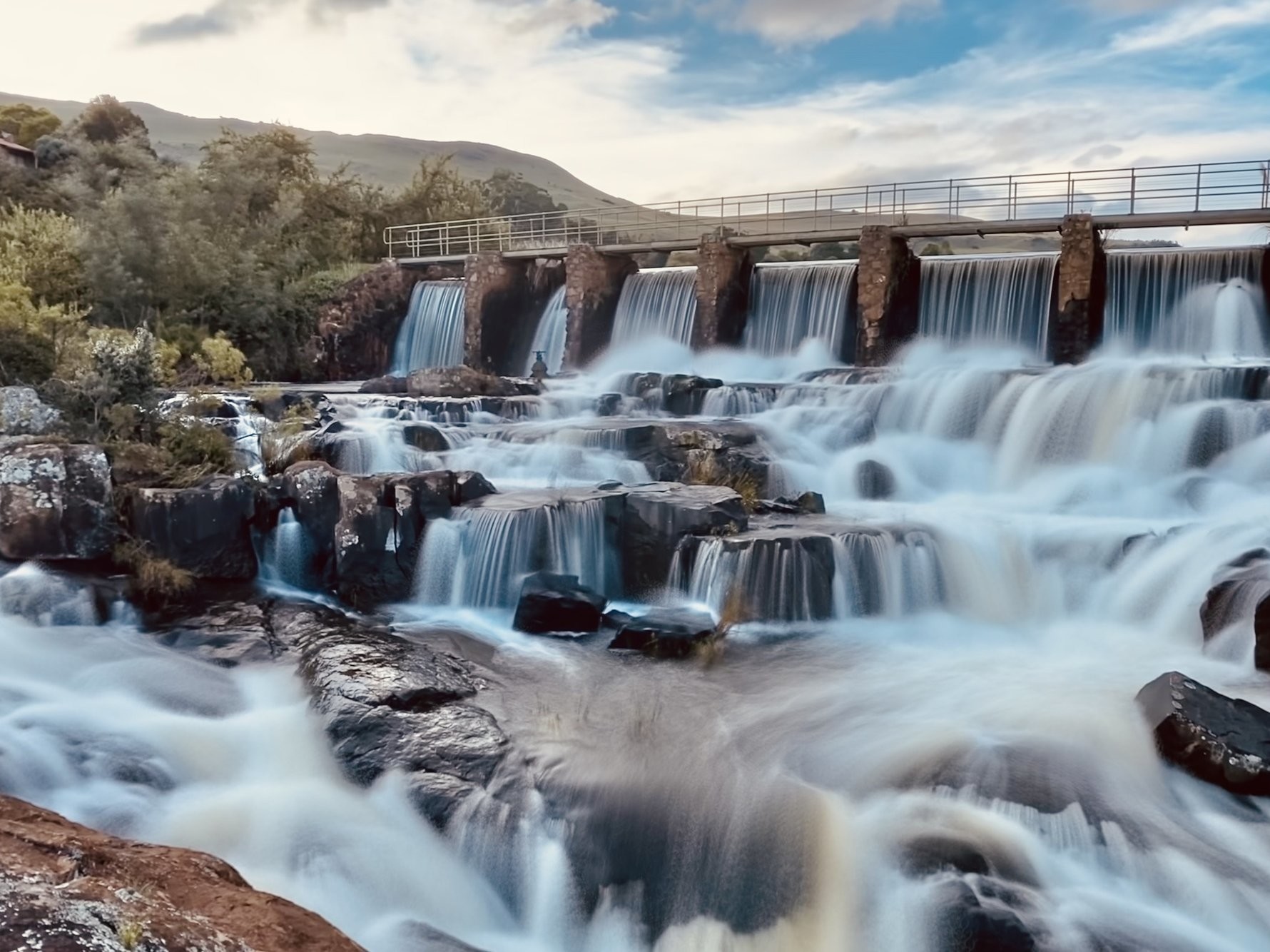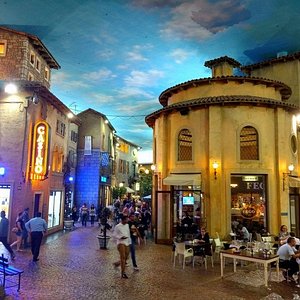All about Johannesburg North Attractions
All about Johannesburg North Attractions
Blog Article
Johannesburg North Attractions for Beginners
Table of ContentsGetting The Johannesburg North Attractions To WorkWhat Does Johannesburg North Attractions Do?Rumored Buzz on Johannesburg North AttractionsNot known Facts About Johannesburg North AttractionsOur Johannesburg North Attractions PDFsNot known Incorrect Statements About Johannesburg North Attractions
The city owes its area to the presence of a a lot more precious source: gold. The city expanded on the side of the Witwatersrand Main Reef, a subterranean stratum of gold-bearing quartz-silica conglomerate that arcs for hundreds of miles underneath the Highveld. Many of the gold mines in the city discontinued operation in the 1970s, yet in its day the Witwatersrand gold industry made up greater than 40 percent of the world's yearly gold production.Johannesburg has a temperate climate. Summertime temperature levels balance about 75 F (24 C); winter temperature levels balance about 55 F (13 C) and just occasionally dip below cold. The city appreciates concerning 8 hours of sunshine each day in both winter months and summer season. Rain standards regarding 28 inches (700 millimetres) per annum, but the total varies considerably from year to year.
What rainfall the city obtains drops practically exclusively in the summertime, frequently in spectacular late-afternoon electric storms. Air air pollution positions a considerable problem, specifically in the cold weather, when thermal inversions hinder the westward flow of air from the Indian Sea. Contamination is most severe in the largely cleared up Black areas on the city's perimeter, where many homeowners still depend on coal for fuel.

Everything about Johannesburg North Attractions
The balance of the city is occupied by whites. Holiday accommodation differs in personality and quality. Soweto is infamous for its limitless rows of municipally built, two-room matchbox homes, yet it also has a few thriving territories as well as teeming squatter camps, where 10s of thousands live without water, electrical power, or hygiene centers.
Physical growth, although rather limited by transport, continued promptly as immigration to South Africa, and Johannesburg particularly, boosted substantially. This problem was fixed in the 1930s when the automobile was introduced in mass manufacturing to South Africa. Vehicles were, generally, confined to the well-off, and permitted them to relocate to the north of the city and commute into the centre.
A lot of bad suburban areas were combined, with inadequate blacks and whites living together, although the affluent suburbs were generally booked for whites. This changed with the election of the National Party in the 1948 elections, that started to formalise the system called discrimination. Racism officially designated which suburbs each race might stay in under the Team Locations Act.
The previous system of eleven phoned number areas was reorganised in 2006. Marshalltown, as seen from the top of the Carlton Centre. The look at this site M1 and M2 run behind the structures, and the southerly residential areas expand past the freeway boundary. The central city of Johannesburg lies within the city's Region F. The number of individuals living in the internal city on an informal basis is unidentified, as several are prohibited immigrants. The unemployment, education, and age accounts of the area are all unknown, due to the trouble of acquiring trustworthy info about the location.
Not known Details About Johannesburg North Attractions
Centred on the CBD, the area consists of the suburbs of Yeoville, Bellevue, Troyeville, Jeppestown, and Berea to the eastern. To the west it spreads to Pageview (Johannesburg North attractions) and Fordsburg. There are tiny industrial parks to the south, such as City West-Denver and Benrose. Around 800,000 travelers travel through the central city every day, and it functions as a local shopping node for visitors from the southerly residential areas. Yeoville and Bellevue have a mix of apartment and single residential systems on tiny whole lots. The area lies on a hilly divide that ranges from eastern to west. The most noticeable geographical feature is Observatory Ridge, which is named for the big observatory situated on it. The entertainment spaces are no longer utilized, as a result of safety and security issues.

Johannesburg Arena, a training school for both the Golden Lions and Orlando Pirates, is surrounding. The eastern residential areas of Johannesburg lie in the city's 7th [] and 9th [] areas. The area is also functionally incorporated with East Rand boundary towns outside of the official limit of Johannesburg, such as Bedfordview and Edenvale (both component of Ekurhuleni Metropolitan Town).
The Single Strategy To Use For Johannesburg North Attractions
R. Tambo International Airport Terminal). The eastern suburbs are a few of the earliest locations of Johannesburg, there are large neighborhoods of Jewish and various other European histories, most of the population is English talking. There are 3 golf links as well as a number of secured ridges with viewsites. There are several strong and up-market amusement and buying locations in the east such as the Eastgate Shopping Center and the Greenstone shopping center.
Originally built to house male migrant employees, numerous have actually been boosted as dwellings for couples and families. The suburb was not historically allowed to create work centres within the area, so virtually all of its locals are commuters to various other parts of the city.
Things about Johannesburg North Attractions
The property areas in the northern suburban areas are mainly formal, with no significant locations of casual real estate, or real estate that lacks a permanent framework. This is an established area, there is a trend of land use change from property to industrial, particularly along major arterial roadways and around recognized nodes.
The area is well connected to road networks, especially along the north-south axis created by the M1 and N1. Roadways to the east and west are less well created, as there are no highways taking a trip because instructions. In the direction of the north boundary of the city, the thickness of growth reduces, leaving huge locations of primitive land around Midrand.
Unknown Facts About Johannesburg North Attractions
The very first suburb to the north of the internal city is Parktown, which is located on a hillside ignoring the internal city and Hillbrow. It has several well-off citizens and Edwardian-style mansions, in addition to the Education Find Out More and Medical campuses of the University of the Witwatersrand. The large concrete Charlotte Maxeke Johannesburg Academic Hospital controls the sky line of Parktown.
Report this page